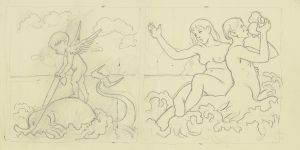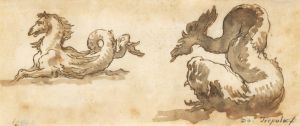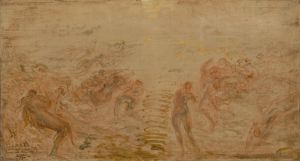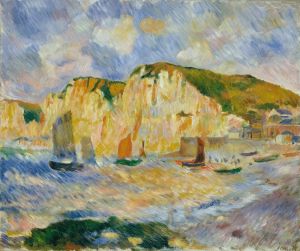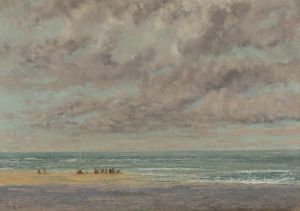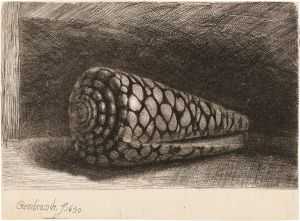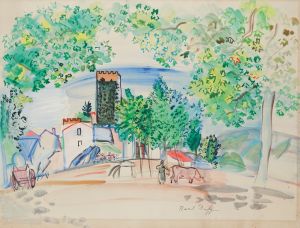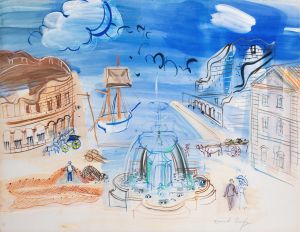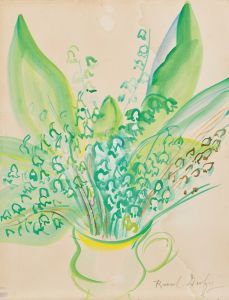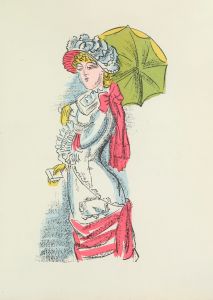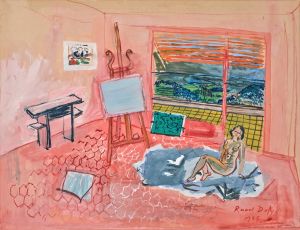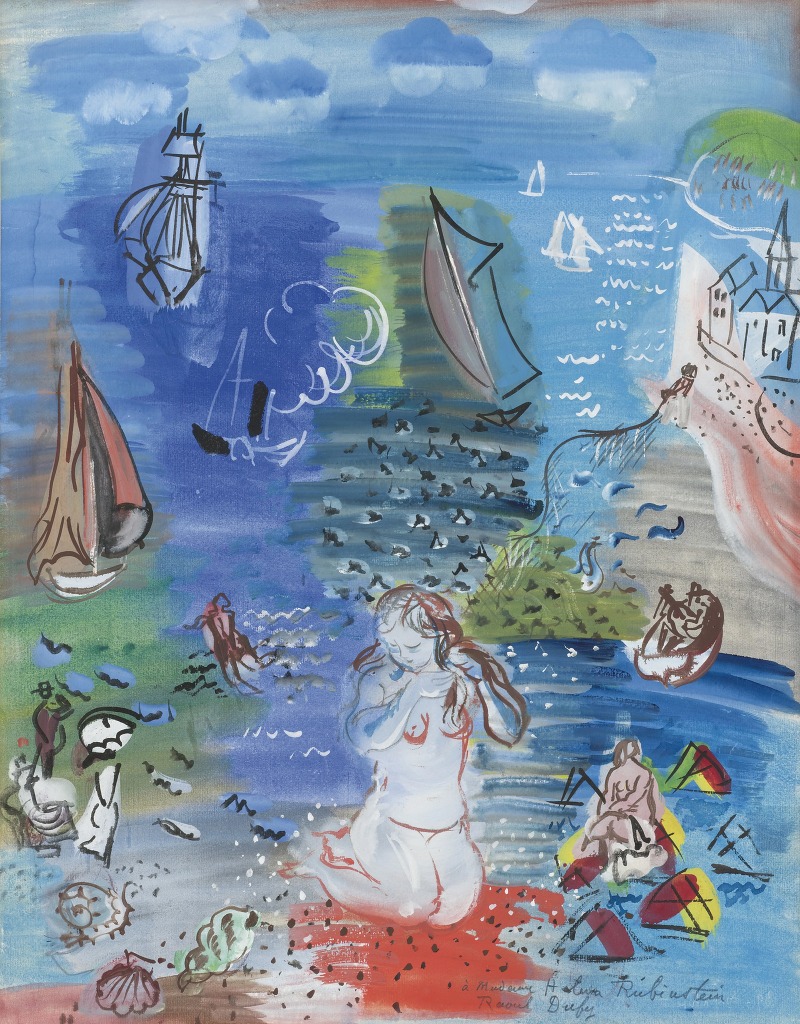
Amphitrite
A hand-painted replica of Raoul Dufy’s masterpiece Amphitrite, meticulously crafted by professional artists to capture the true essence of the original. Each piece is created with museum-quality canvas and rare mineral pigments, carefully painted by experienced artists with delicate brushstrokes and rich, layered colors to perfectly recreate the texture of the original artwork. Unlike machine-printed reproductions, this hand-painted version brings the painting to life, infused with the artist’s emotions and skill in every stroke. Whether for personal collection or home decoration, it instantly elevates the artistic atmosphere of any space.
Raoul Dufy (1877-1953) was a French Fauvist painter, known for his colorful and decorative style that often depicted leisure activities, landscapes, and seascapes. One of his notable works is "Amphitrite," which showcases his unique approach to color and form.
"Amphitrite" by Raoul Dufy is a vibrant and dynamic painting that captures the essence of the sea goddess Amphitrite, who in Greek mythology is the wife of Poseidon, the god of the sea. The painting is celebrated for its lively and expressive use of color, which is characteristic of Dufy's Fauvist influences. Dufy was known for his ability to convey movement and light through his bold and fluid brushstrokes, and "Amphitrite" is no exception.
The painting features a harmonious blend of blues, greens, and other bright hues that evoke the feeling of the ocean and its surroundings. Dufy's technique often involved layering colors and using loose, sweeping lines to create a sense of rhythm and energy. This approach can be seen in "Amphitrite," where the flowing lines and vibrant palette bring the mythological subject to life.
Dufy's work often reflected his fascination with the sea and maritime themes, and "Amphitrite" is a prime example of this interest. The painting not only captures the beauty and power of the sea but also reflects Dufy's joy in exploring the interplay of color and light. His ability to transform a mythological figure into a lively and modern composition is a testament to his innovative artistic vision.
Throughout his career, Dufy experimented with various artistic styles and techniques, but his Fauvist period remains one of the most influential. The Fauves, a group of early 20th-century modern artists, were known for their use of bold, non-naturalistic colors and simplified forms. Dufy's association with this movement is evident in "Amphitrite," where his use of vibrant colors and dynamic composition aligns with the Fauvist principles.
"Amphitrite" is part of Dufy's broader body of work that includes paintings, drawings, and prints. His contributions to the art world extend beyond his canvases, as he also worked in textiles, ceramics, and other decorative arts. Dufy's legacy is marked by his ability to infuse everyday scenes with a sense of joy and movement, making his work both accessible and captivating.
In summary, "Amphitrite" by Raoul Dufy is a notable example of the artist's Fauvist style and his fascination with maritime themes. The painting's vibrant colors, dynamic composition, and expressive brushwork capture the essence of the sea goddess and reflect Dufy's innovative approach to art. As a celebrated figure in the early 20th-century art world, Dufy's work continues to be admired for its beauty, energy, and unique vision.





